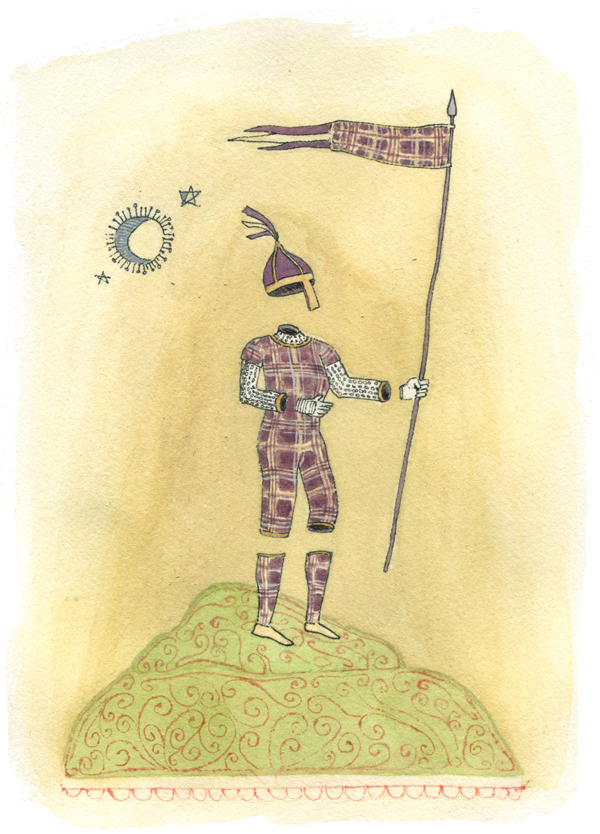
THE CLOTHES WE WEAR and the items we carry represent us so fully, they can speak of who we are even in our absence. As such they become talismans of our presence, helping to calibrate our selves with our environment.
The tartan pants of the next speaker in the Speaking Dress series, Australian Contemporary artist Prudence Flint, are one such talisman. With multiple pants in different tartans, Prudence sews these herself, wearing them as a daily uniform for which she is recognised by. The ‘genderless’ quality of the tartan pants are a draw card for Prudence, for whom protecting the female form is a reoccurring theme, one that she interrogates in her paintings. Known for depicting women in enclosed spaces, a need borne out of having women “feeling safe in a space and having room”. Prudence’s tartan pants offer her the same comfort, highlighting how our bodies are our own spaces which we negotiate with the external world, through clothes.
***
I’ve been wearing tartan pants since about 1998, this is my winter uniform. I sew them myself; I’ve made about ten pairs of tartan pants over the years, and I literally wear them out. They’ve become a signature style for me, I have a complete attraction to tartan!
I love that there is this kind of a loaded history embedded in the material. There is this time-informed aspect of tartan, that over hundreds of years it has been refined to each pattern.
There is a resilience in this rich history. It is also an intuitive history for me, coming from a generation who migrated from the United Kingdom, I am a misplaced being – as most of us are – from the other side of the world. It’s not that I wear tartan as a fanatical patriot, but I love the history of what lies behind it. I also love the look of it, the subtle variations of colour and design that are associated with clans, like the Stuart tartan.
There’s also a personal history with tartan for me – Mum and I both had matching Fletcher Jones tartan pinafores when I was little. I had a little pinafore, and she had a Stuart clan skirt, though this was probably something that most families in the Sixties and Seventies had.
Mum had a Stuart tartan, which is the red tartan the English Royal Family wear in reference to their Stuart lineage, and I had a cream tartan, that was my pinafore. It was gathered and had a fringe down the side, and I wore it with a Scottish thistle pin. Now that I think of it, tartan is a very specific thing, it’s about Europe. I almost take it for granted, but perhaps it is a claiming of this heritage. There is something nourishing in the familiarity of tartan for me, there are a lot of layers in the fabric.
Tartan also has this genderless quality, and I love that men have tartan kilts. I think it’s the genderless thing that’s important to me about the pants, as well as the fact that I’ve made them myself and I’m in control of repeating it again.
I make most of my clothes. I would make everything if I could, even my shoes and bags. It’s a control thing I think. With my pants, I know I can get the right fit when I sew them, I can never get pants that fit me in shops. I’ve learned to sew these pants with straight legs; working with tartan is like working with the grid, so I can easily make them fit perfectly. I’m a bit obsessive, if I find something I like, I’ll keep making it again and again.
When I was a little girl, I remember needing to be in control of my clothes. I remember having complete meltdowns and tantrums a few times, and it was always about clothes. If my Mum was making me wear things that I didn’t want to, it felt like life or death for me. When I look back, there is something about my femaleness and needing to be safe and protected for myself in my clothes.
I play out these issues is my paintings too, they’re very much about women’s spaces, and feeling safe in a space, having room for myself. Clothing is protective, it is like emotional armour for me. I think as a woman, clothing is such a strong part of our identity.
Shana Chandra is a New Zealand-based writer on fashion and culture.
Mark Hall-Patch is an illustrator and painter from Canada.